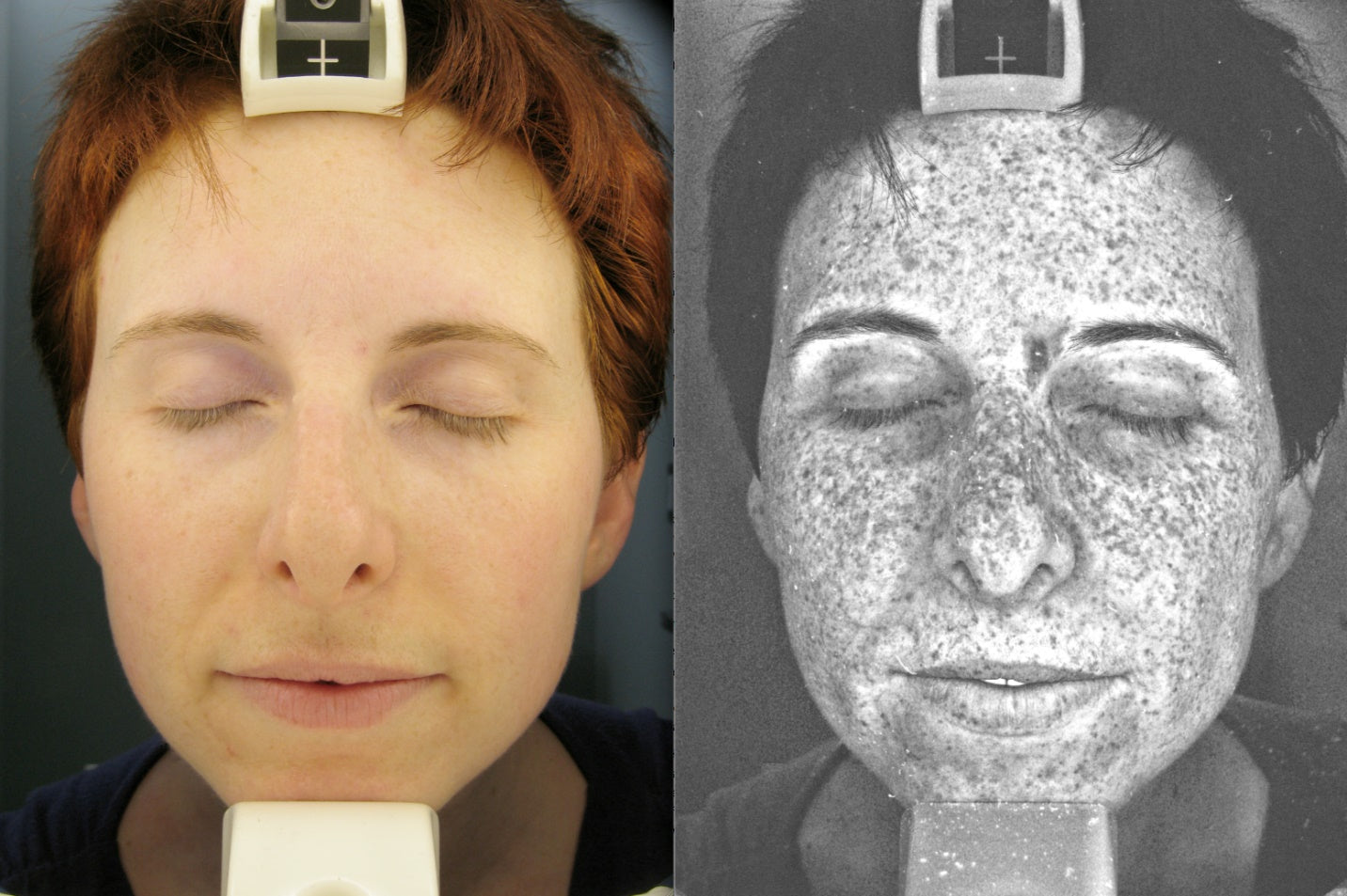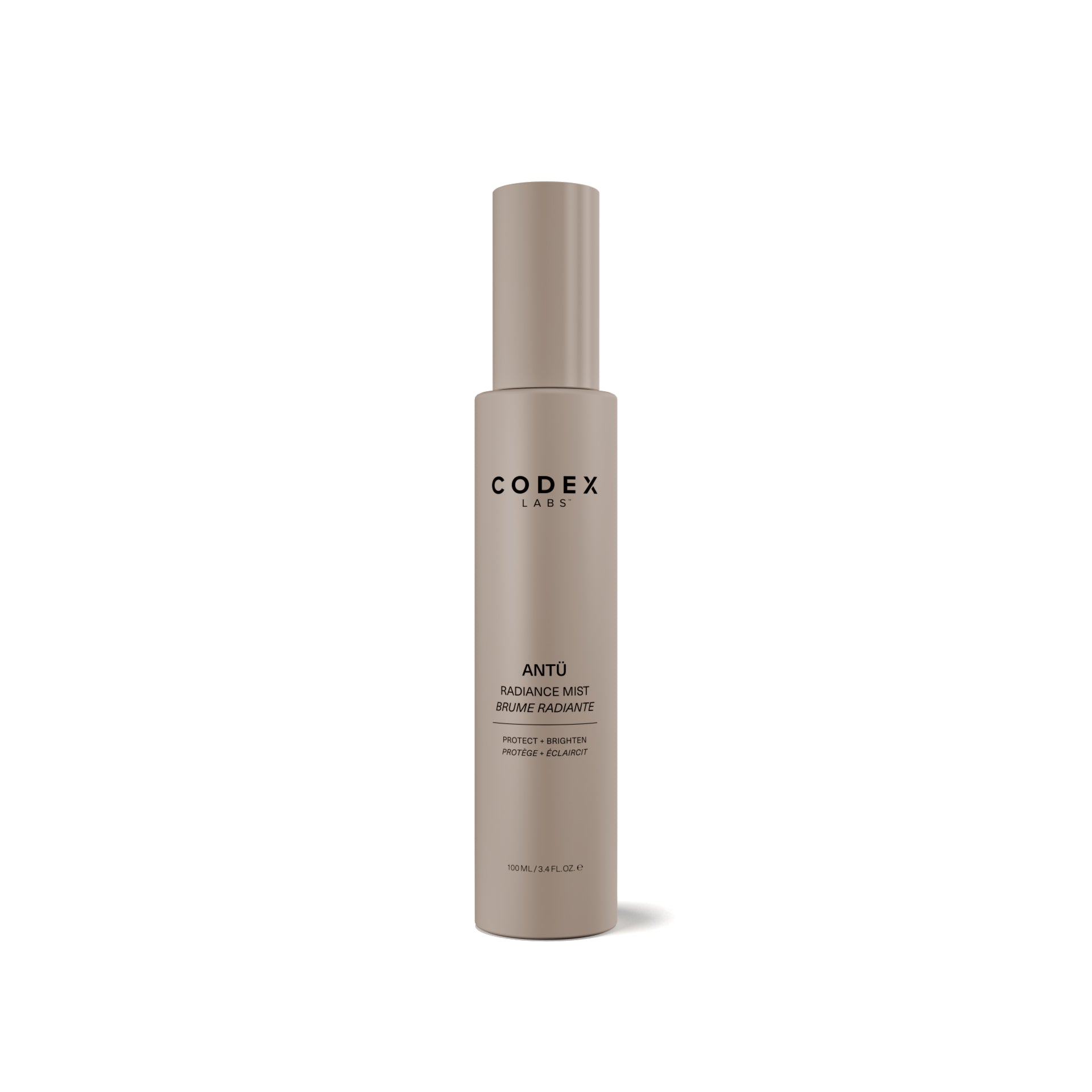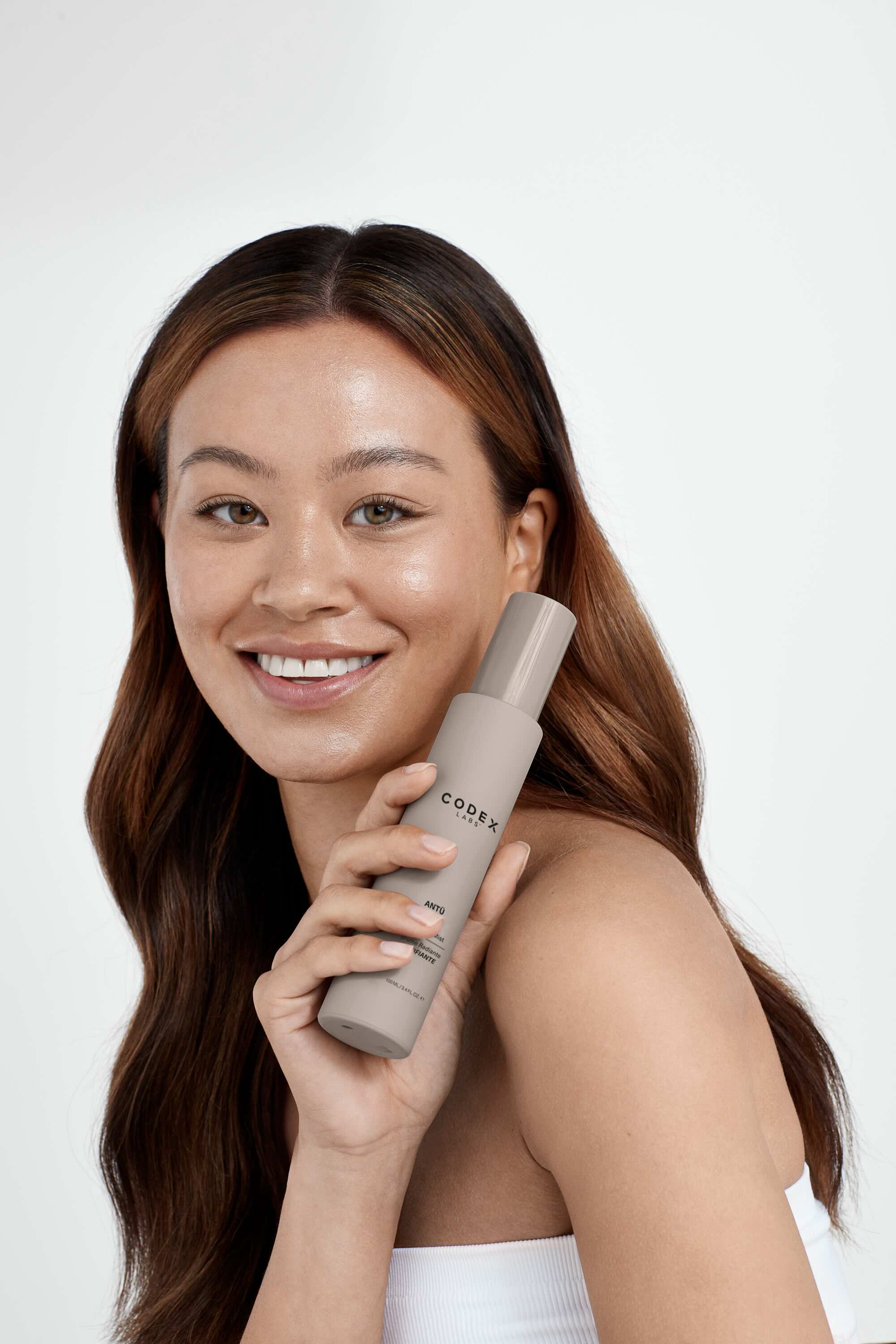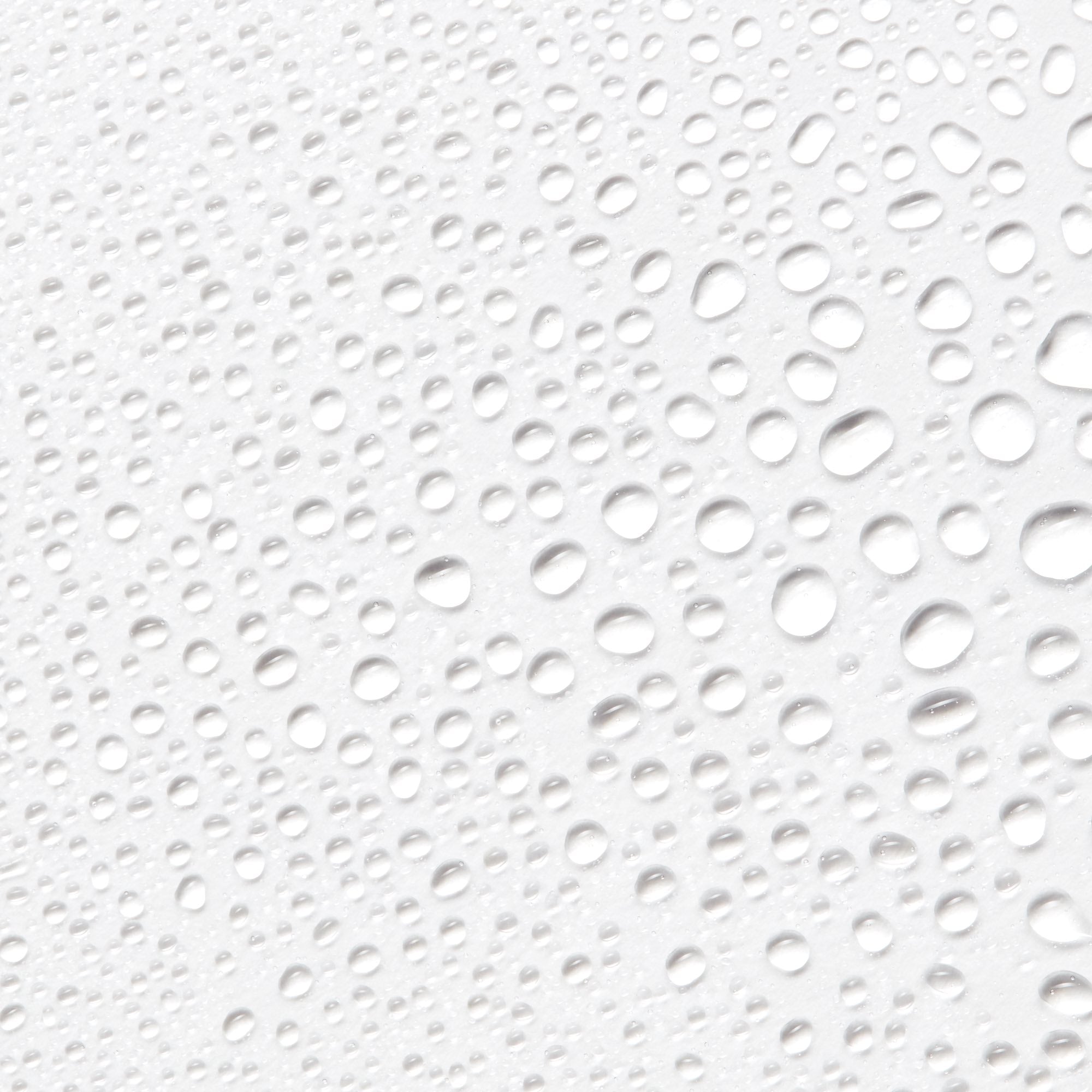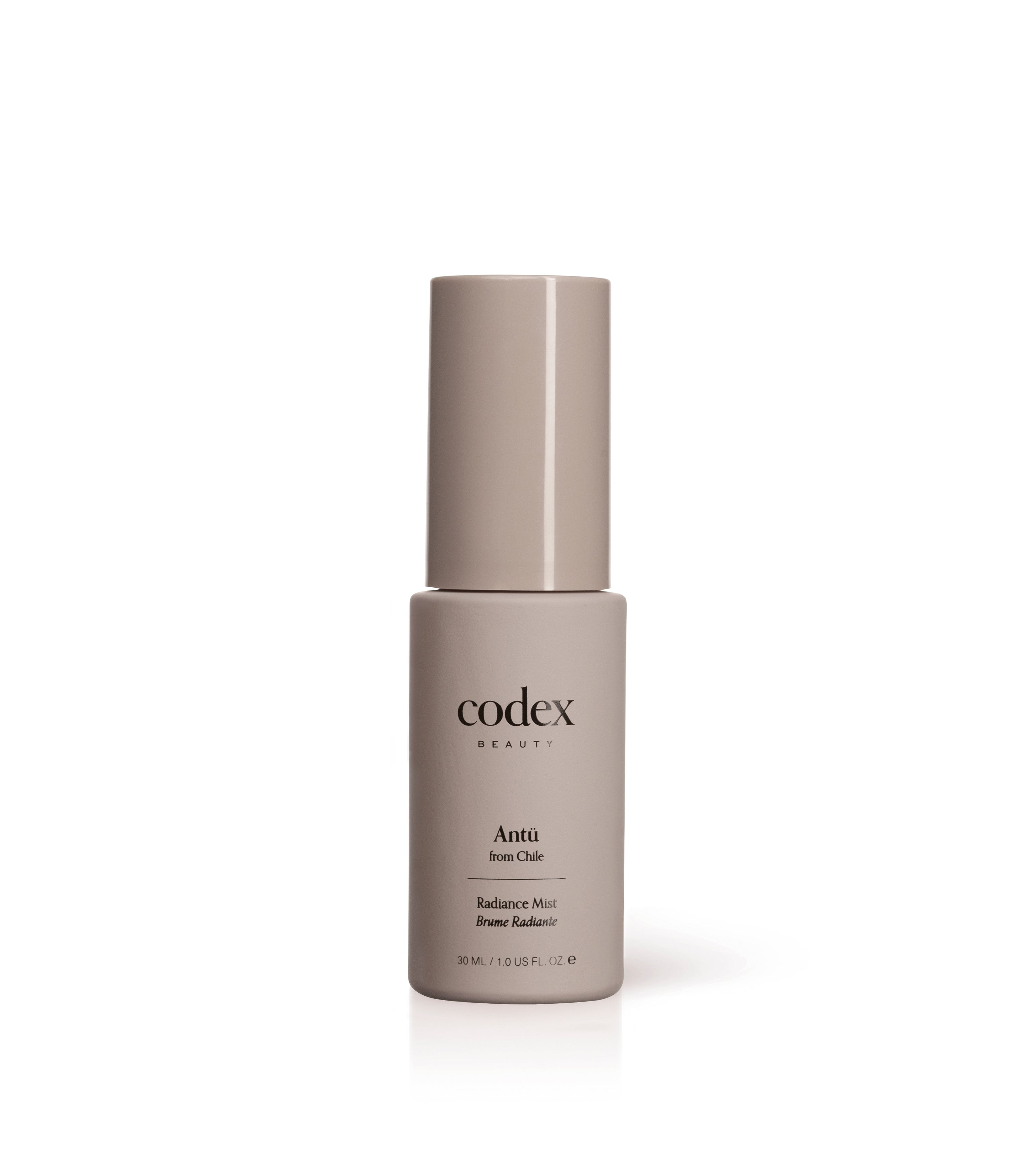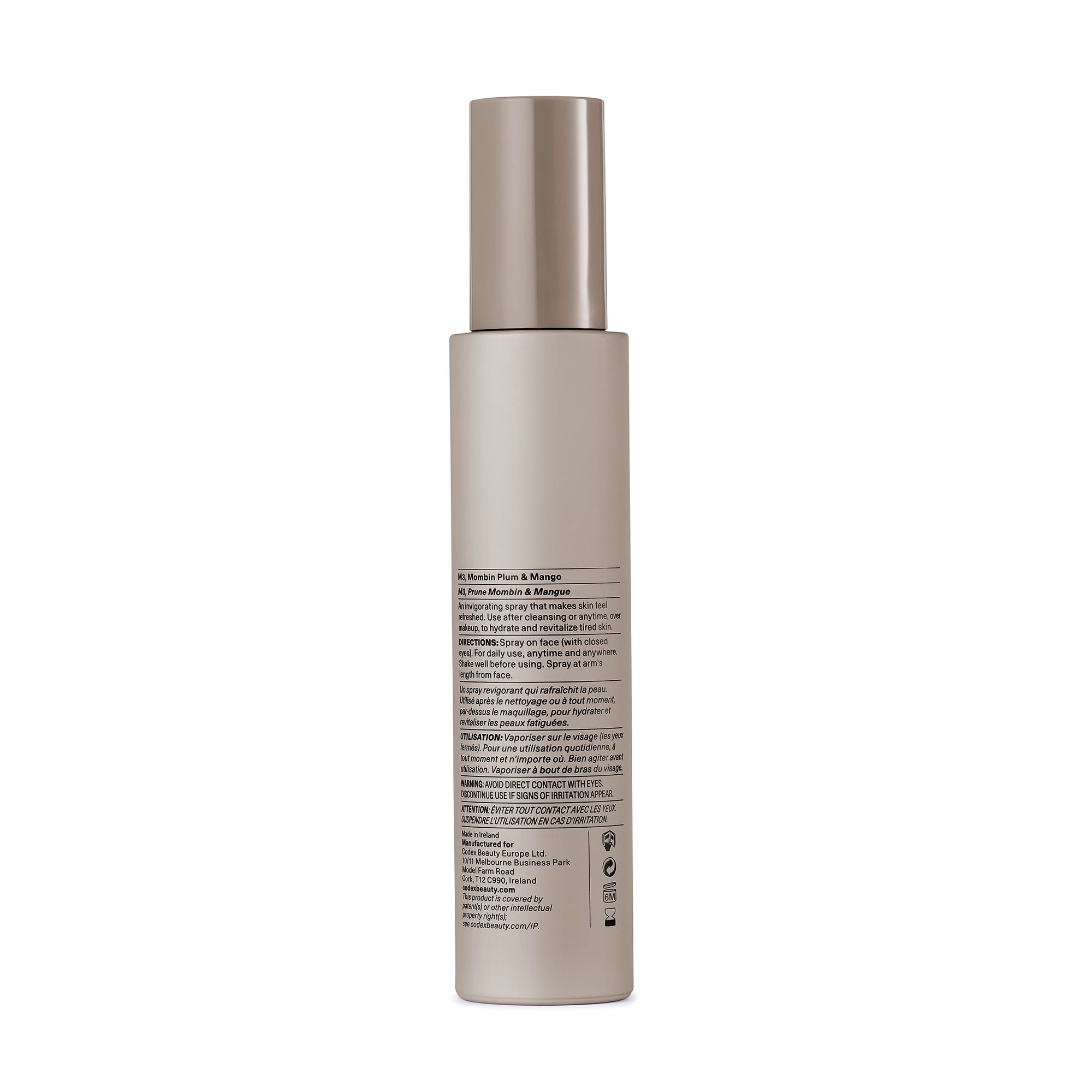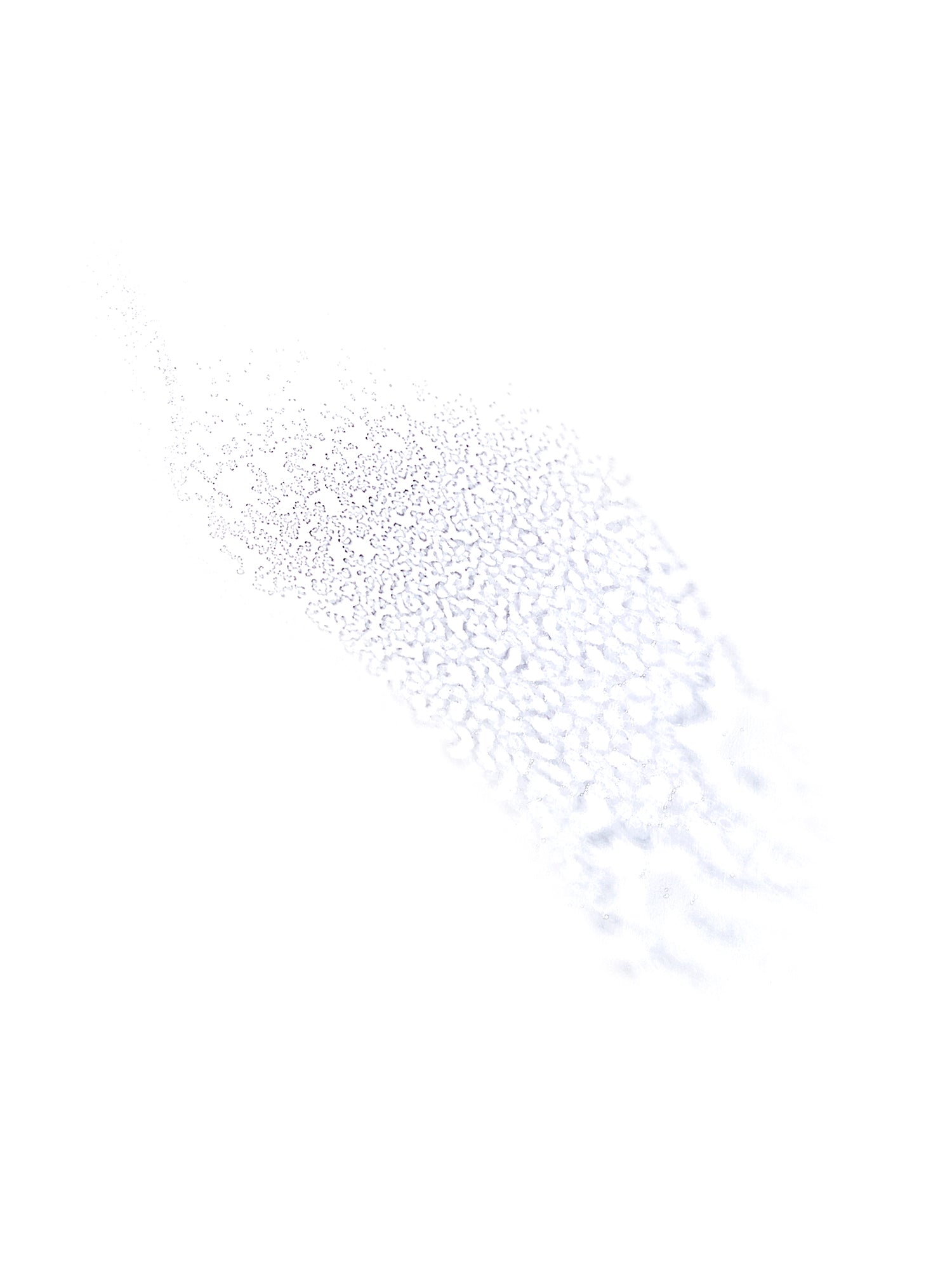Introduction.
Understanding the complex relationship between sun sensitivity, inflammation, and sunspots is essential for maintaining healthy skin, preventing sun-related skin conditions, and having tons of fun outside this summer. In this blog post, we’ll explore the causes and types of sun sensitivity, the connection between sun sensitivity and inflammation, and the development of sunspots on the skin.

What exactly is sun sensitivity?
Sun sensitivity, also known as photosensitivity or photodermatitis, refers to the heightened sensitivity of the skin some people experience when exposed to sunlight. This condition can be caused by various factors including certain medications, medical conditions, or genetic predisposition.
There are a few different “types” of sun sensitivity. The first is called polymorphic light eruption (PMLE). This type of sun sensitivity usually occurs when a person’s skin is exposed to sunlight after a long period of not being in the sun. Some people may develop a rash or red, itchy bumps on their skin after being in the sun for too long. The second is actinic prurigo. It is an allergic reaction to sunlight similar to a nut or dairy food allergy. For people suffering from this condition, their skin becomes itchy and inflamed. Lastly, some people experience drug-induced photosensitivity. This occurs when certain medications make your skin more sensitive to sunlight. [1]
Understanding these different types of sun sensitivity is important because each type has its own characteristics and triggers. It’s like knowing which ice cream flavors you’re allergic to so you can avoid them and choose only those that won’t cause any problems.
Does sun sensitivity cause inflammation?
Unfortunately, the answer is yes. Sun exposure can trigger an inflammatory response in the skin. Ultraviolet (UV) radiation from the sun activates immune cells in the skin, leading to the release of inflammatory (inflammation-causing) molecules. This immune response can cause redness, swelling, and discomfort. For those individuals with sun sensitivity, they may experience heightened inflammation upon sun exposure, further exacerbating their symptoms to include excessive itching, and the formation of a rash, hives, and blisters on the skin surface.
In addition to these commonly known symptoms, sun sensitivity can manifest in lesser-known ways. For example, some individuals may experience fatigue, headaches, fever, joint pain, or even systemic reactions after sun exposure. Recognizing these lesser-known symptoms can help you identify sun sensitivity issues early and seek appropriate care and treatment.
It should be noted that while some of the above-mentioned sun sensitivity symptoms share similarities with sunburn, it’s important to understand their differences in order to ensure proper care and prevention. Sunburn occurs due to prolonged exposure to UV radiation, whereas sun sensitivity can happen even with minimal sun exposure. Differentiating between the two will enable you to address the root cause of your symptoms more effectively. [2]
Can sun sensitivity reactions be avoided?
Sun protection is of paramount importance when dealing with sun sensitivity. Using sunscreen with a high Sun Protection Factor (SPF) is crucial to shield your skin from harmful UV rays. SPF acts as a barrier, preventing the penetration of UVA and UVB rays into the skin. Understanding how SPF works and incorporating it into your routine is essential for effective sun protection.
When it comes to sunscreens, it’s important to note that there are two types. Those that use chemical ingredients that absorb UV rays to avoid damage, and those that use mineral ingredients that physically block/reflect UV rays away from the skin.
How should inflammation caused by sun sensitivity be treated?
The following are some helpful tips on how to treat inflammation caused by sun sensitivity: [3]
- Apply something cold: Place something cold on the affected area such as an ice pack. This can help reduce redness and soothe the skin, like using an ice pack on a bruise.
- Use OTC products: Over-the-counter hydrocortisone creams and ointments can work like a calming lotion to reduce pain and inflammation. Just like aloe vera gel can soothe sunburn, these types of products can help calm inflamed sun-sensitive skin.
- Take an NSAID: Nonsteroidal, anti-inflammatory drugs such as ibuprofen can also relieve inflammation and discomfort. It’s like taking a pain reliever for a headache.
- Use skincare products with antioxidants: Antioxidants like vitamins C, E and those found in green tea are effective at neutralizing free radicals formed in the skin by the sun’s UV rays. They play an important role in mitigating the damage caused by oxidative stress and are commonly used to treat skin conditions associated with sun sensitivity.
- Minimize sun exposure: Avoid exposing your skin to the sun as much as possible. And when you do go out into the sun, make sure to protect your skin with a high SPF broad spectrum sunscreen. If your skin is very sensitive, wear SPF protective clothing.
What about sunspots?
Our body naturally produces melanin to protect itself from harmful UV radiation. However, prolonged or excessive sun exposure can trigger an overproduction of melanin, the pigment responsible for giving color to our skin. Sunspots, also known as age spots, are small, dark patches that appear on the skin surface due to such long-term sun exposure. It’s the price people pay for their sun-kissed summer tan.
Those individuals with a predisposition to sun sensitivity are oftentimes more prone to developing unsightly sunspots since their skin reacts even more intensely to the sun’s damaging rays. These sunspots are commonly found on areas exposed to the sun like the face, hands, and shoulders. While they are harmless, they can be an aesthetic concern for some people. [4]
Can sunspots be treated?
To treat sunspots, several options are available. A particularly common option involves the use of topical treatments with ingredients like hydroquinone, retinoids, or vitamin C. These ingredients work to “lighten” the dark spots and even out skin tone. It’s like using a stain remover to fade a stubborn stain on your favorite article of clothing.
Other treatment options include chemical peels, laser therapy, or cryotherapy. Chemical peels involve applying a solution to the skin which exfoliates the outer layer and helps fade the sunspots. Laser therapy is another option that uses targeted beams of light to break up the excess melanin, whereas cryotherapy freezes the spots, causing them to peel off.
It’s important to note that sunspot treatment takes time and consistency. Results may vary depending on the severity of the spots and individual skin characteristics. Additionally, it’s important to protect your skin from further sun damage by wearing sunscreen and protective clothing.
Does Codex offer any products that deal with sun sensitivity?
Well of course we do! As a matter of fact, our sun sensitivity-related products were considered so innovative that the United States patent office granted us two patents for the technology. Codex calls this patented technology ANTUCOMPLEX® and it is found in our ANTU ® COLLECTION of products.
While the formation of sunspots on skin is aesthetically problematic, especially for those suffering from sun sensitivity, inflammation triggered by sun exposure is what leads to skin flaking, redness, discomfort, and the formation of fine lines, wrinkles, and sunspots, the totality of which are scientifically referred to as “inflammaging”, i.e., inflammation-based premature skin aging. This skin condition is especially troublesome for those who suffer from sun sensitivity. It is for this critically problematic, sun exposure-related effect (inflammation) that the ANTUCOMPLEX® was specifically invented to address.
As was mentioned earlier, when skin is exposed to the sun’s UV rays it results in the formation of highly reactive molecules called free radicals, aka, reactive oxygen species (ROS). To better understand free radicals, think of them as being unstable and problematic because they are missing an electron (like bicycles without one tire). In an effort to “stabilize” themselves, they steal what they need from other molecules in the body (like tires from other bicycles), harming those molecules they are stealing from. This process causes a chain reaction since the now “robbed” molecule becomes a free radical itself which now must steal from another molecule to become stable. A truly vicious, human cell-destroying cycle that can wreak havoc on skin health and appearance until it’s stopped.
The best way of neutralizing free radicals is with antioxidants because they help to “stop the steal”, i.e., they stop free radicals from stealing what they need from other molecules. This is why Codex’s ANTUCOMPLEX® uses, as its foundational ingredient, a highly potent blend of plant-derived antioxidants native to Chile. M3TM is a unique blend of three active ingredients derived from plants indigenous to the Patagonian region of Chile: Matico (Buddleja globose) + Maqui (Aristotelia chilensis) + Murtilla (Ugni molinae). These three actives synergistically work together to neutralize free radicals, soothe irritated skin, and alleviate inflammation. The fact that this patented complex also contains the vaunted hyaluronic acid to bring much needed hydration to your dry, thirsty, sun sensitive skin barrier to help repair and keep it operating at peak performance is just the cherry on top! How do we know? Because we have the gene expression (a fancy biotech term) and clinical data to prove it!
Products like ANTU® SKIN BARRIER SERUM were specifically designed to infuse your skin with a powerfully potent antioxidant blend (M3TM) that stops those free radicals in their tracks, preventing them from damaging (stealing from) their neighbors, thereby terminating the cell-destroying cycle.
For an uber quick and easy way of calming and revitalizing your sun sensitive skin, spritz some ANTU® RADIANCE MIST as it also contains our patented, free radical-neutralizing ANTUCOMPLEX® technology.
Finally, no skincare routine meant to address the damage caused by the sun and its free radical henchmen would be complete without the use of our restorative ANTU® SKIN BARRIER MOISTURIZER for daytime protection against free radicals and ANTU® SKIN BARRIER NIGHT CREAM to help nourish and hydrate your skin – and even out skin tone - while you sleep.
Conclusion.
By empowering yourself with knowledge about sun sensitivity and implementing the strategies provided in this survival guide, you can confidently conquer the summer sun. Remember, sun protection is not just about preventing short-term reactions (sunburn) but also safeguarding your skin’s long-term health and appearance. Embrace a sun-safe lifestyle and enjoy the outdoors responsibly, knowing you have the tools to protect yourself from the sun’s harmful rays – and don’t forget your hat and SPF!
References:
- https://www.merckmanuals.com/home/skin-disorders/sunlight-and-skin-damage/photosensitivity-reactions#:~:text=Photosensitivity%2C%20sometimes%20referred%20to%20as,based%20on%20a%20doctor's%20evaluation.
- https://www.health.harvard.edu/blog/recognizing-and-preventing-sun-allergies-202207052772
- https://www.webmd.com/allergies/sun-reactions
- https://www.skincancer.org/blog/surprising-signs-of-sun-damage/

